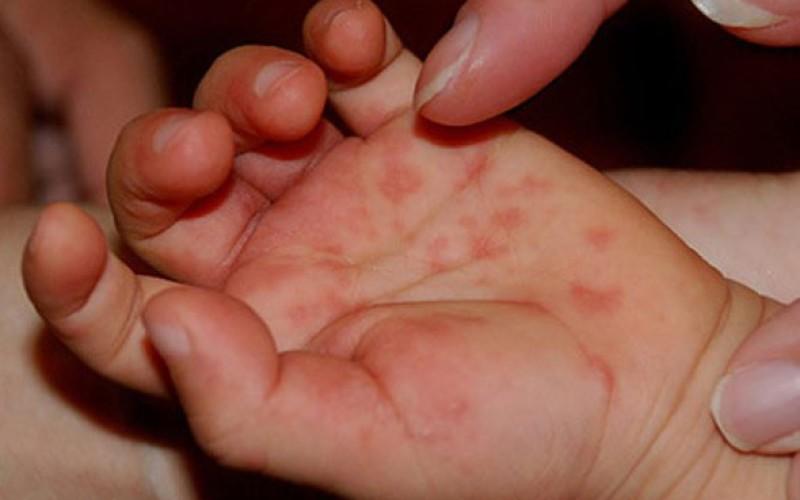Coxsackievirus in Hand Foot and Mouth Disease Outbreaks

Great publication in the journal VIRUSES
Coxsackievirus A6 Recombinant Subclades D3/A and D3/H Were Predominant in Hand-Foot-And-Mouth Disease Outbreaks in the Paediatric Population, France, 2010–2018
by Stéphanie Tomba Ngangas, Maxime Bisseux, ,Gwendoline Jugie , Céline Lambert, Robert Cohen, Andreas Werner, Christine Archimbaud 1,2,Cécile Henquell, Audrey Mirand and Jean-Luc Bailly
Abstract
Coxsackievirus A6 (CVA6) emerged as the most common enterovirus of seasonal outbreaks of hand-foot-and-mouth disease (HFMD). We investigated CVA6 genetic diversity among the clinical phenotypes reported in the paediatric population during sentinel surveillance in France between 2010 and 2018. CVA6 infection was confirmed in 981 children (mean age 1.52 years [IQR 1.17–2.72]) of whom 564 (58%) were males. Atypical HFMD was reported in 705 (72%) children, followed by typical HFMD in 214 (22%) and herpangina in 57 (6%) children. Throat specimens of 245 children were processed with a target-enrichment new-generation sequencing approach, which generated 213 complete CVA6 genomes. The genomes grouped within the D1 and D3 clades (phylogeny inferred with the P1 genomic region). In total, 201 genomes were classified among the recombinant forms (RFs) A, B, F, G, H, and N, and 12 genomes were assigned to 5 previously unreported RFs (R–V). The most frequent RFs were A (58%), H (19%), G (6.1%), and F (5.2%). The yearly number of RFs ranged between 1 (in 2012 and 2013) and 6 (2018). The worldwide CVA6 epidemic transmission began between 2005 and 2007, which coincided with the global spread of the recombinant subclade
Suivez le lien pour découvrir le texte…
Viruses 2022, 14(5), 1078; https://doi.org/10.3390/v14051078 (registering DOI)

